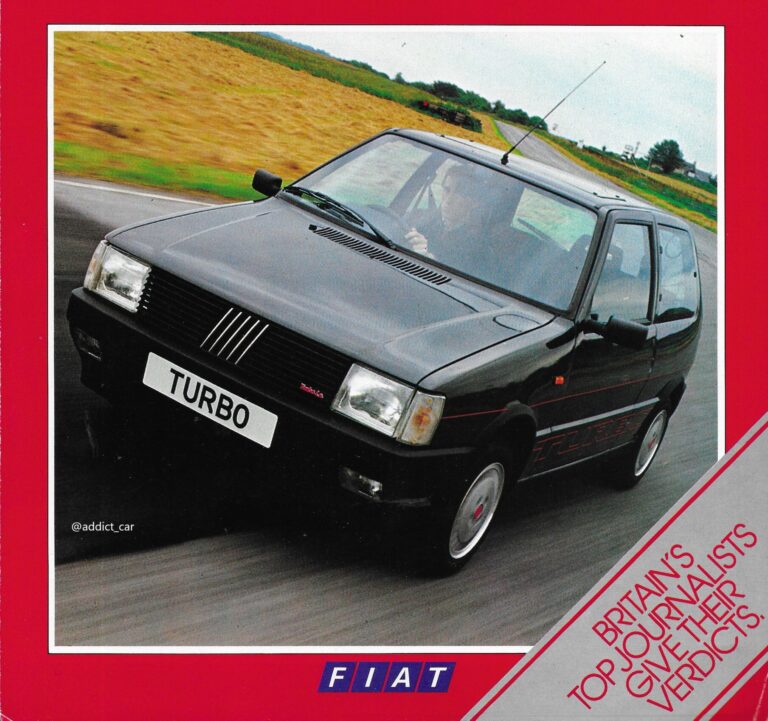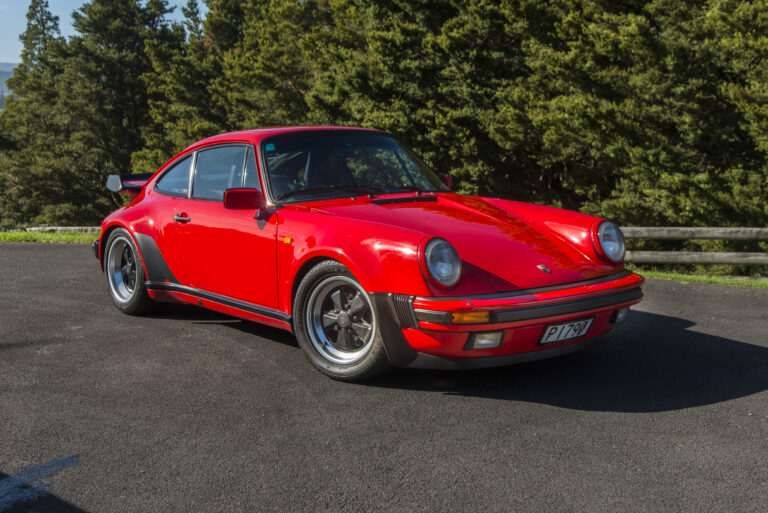A new class of car that created a new class of buyer

Britain’s The Guardian newspaper chose 1963 as the year that defined the ‘modern era’ — an era when politics and culture collided.
In the UK, in 1963, while all The Beatles wanted to do was hold your hand, Ronnie Biggs and friends robbed a train. In the US, things were on a different scale: Martin Luther King had a dream, and JFK was assassinated.
As we look back from the beginning of 2019, all this was quite a long time ago. The train robbery, especially, was comically old-fashioned. The first police radio call about it stated, “A robbery has been committed and you’ll never believe it — they’ve stolen the train.” As things turned out, they’d stolen a little more than just the train.
This really is the stuff of another era. At the time, London hoodlums’ preferred method of transport was a Mk2 Jaguar — good-looking, good handling, and fast for the time. The Kray brothers were stealing their Jags, but, without their means, most new-car owners were buying Austin A60s, Wolseleys, Humbers, and similar — cars that looked like shoe boxes with tail fins.
Triumph and competitor Rover had a cunning plan. They had identified a growing class of car buyers: people who wanted something that looked and went better than the run-of-the-mill fare. These newly identified buyers, semi-suburban Mister Jameses, wanted smart looks, more performance, and better handling. They also wanted a car that was modern, maybe even a little exotic, and cheaper than the Jaguar. Triumph hatched a plan to tap into that market segment.
By 1963, Standard-Triumph had been manufacturing cars for a long time, but among the things that it didn’t have was a reputation for providing suitable cars to this soon-to-be rapidly growing group of buyers.
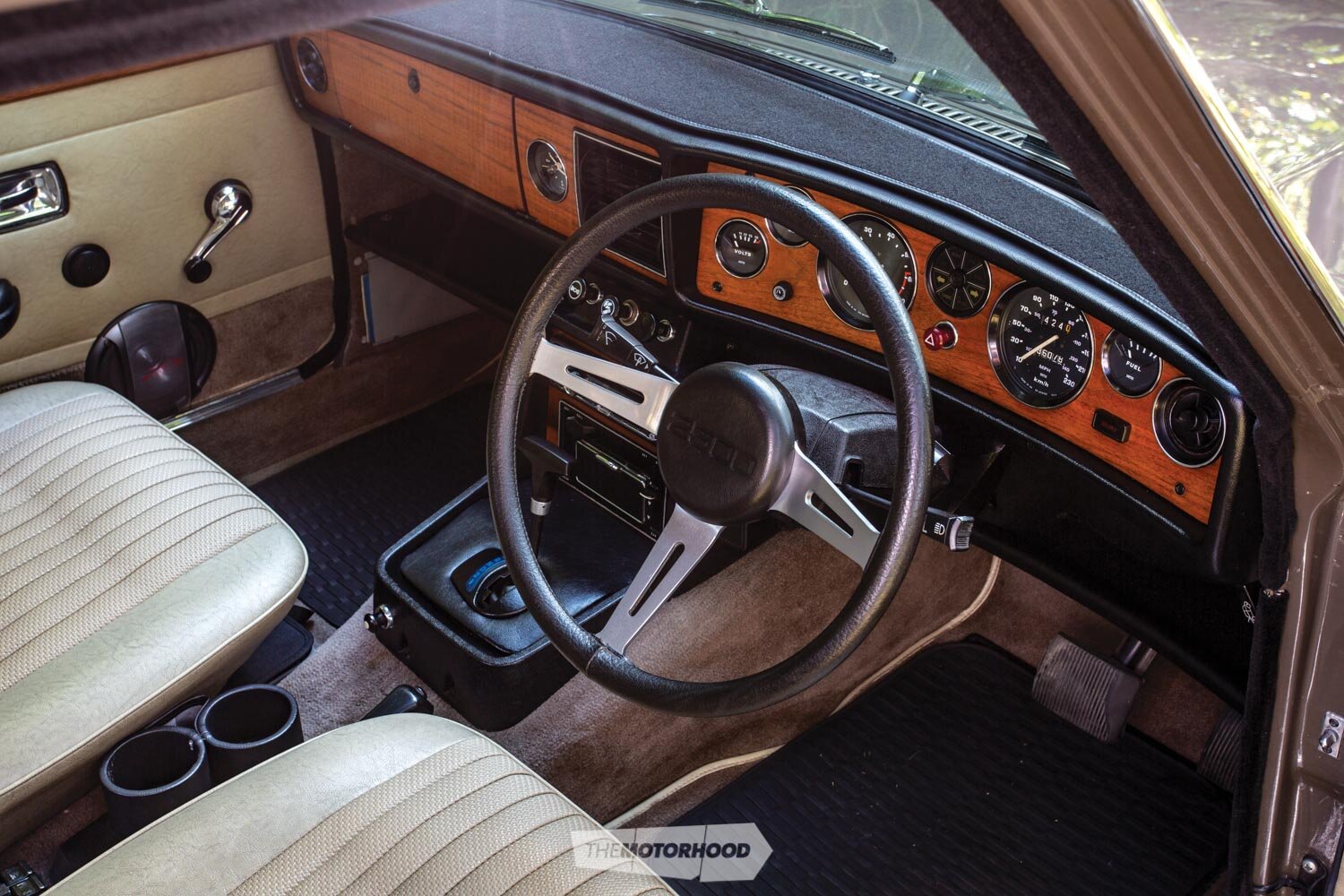
BACK TO THE BEGINNING
The company was established in the Midlands in 1889 by a couple of German immigrant entrepreneurs. Keen to attach their business to the ‘new wave’ of transport, they had launched as bicycle manufacturers. Before too long, they were making bicycles with motors, and the name ‘Triumph’ entered the motoring lexicon.
In its first three decades, Triumph progressed from bicycles to motorcycles to cars. The next decade was difficult for the company, and, in 1936, Triumph Motorcycles was separated and sold off to provide some cash. By 1939, the still-struggling Triumph Motor Company was in receivership. World War II halted car production, although war production kept the factory open and operating.
In 1944, the assets of the Triumph Motor Company were acquired by the Standard Motor Company and became Standard-Triumph International. Previously, Standard had been mainly supplying motors to Jaguar, but, after a disagreement with Jaguar head William Lyons, Sir John Black of Standard set out to build a car that rivalled Jaguar. Triumph would fit right into his plans to build such a car.
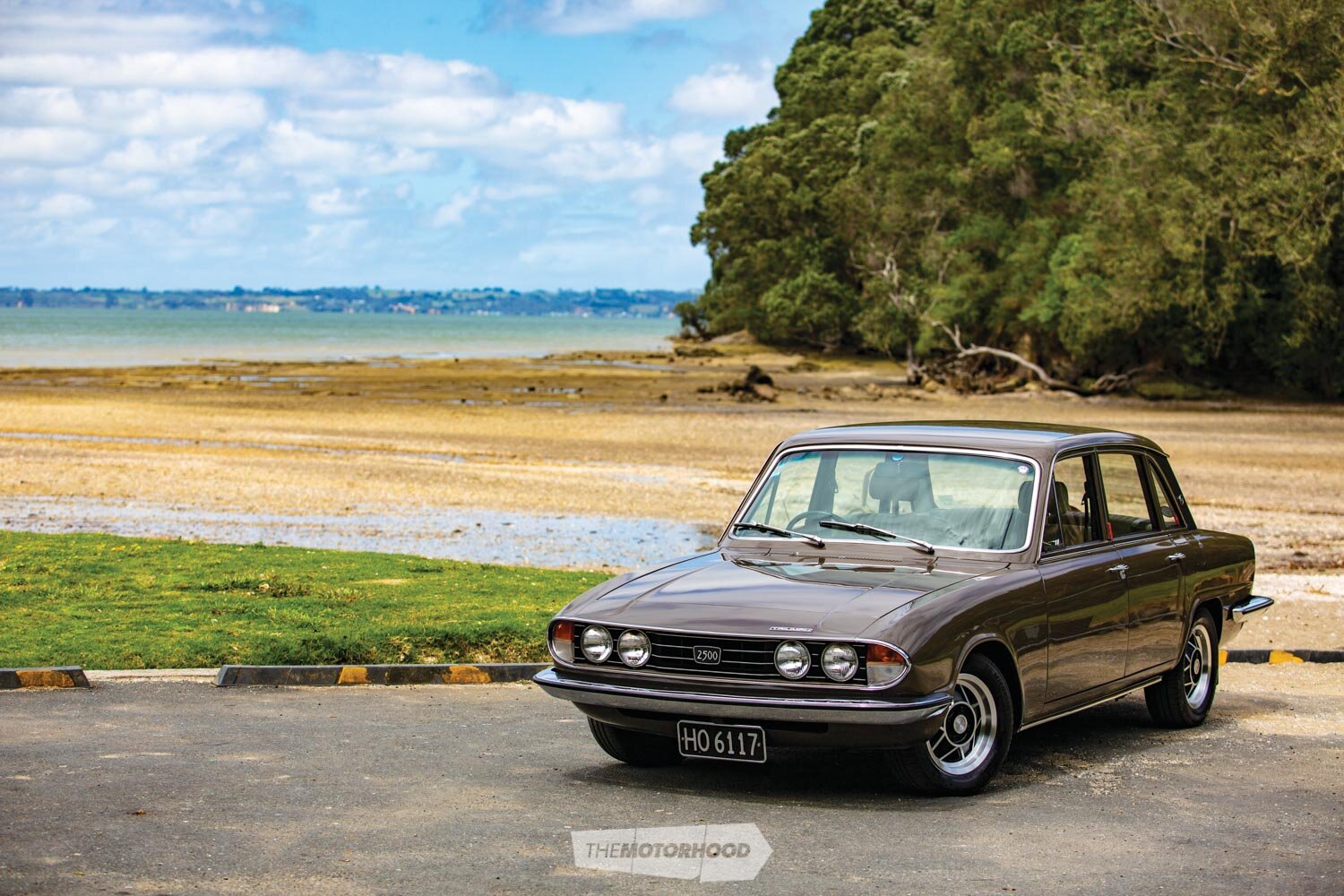
VANGUARDS AND STANDARDS
While some of the early attempts clearly missed that target — by a long way — they are still worth noting as a part of our motoring history. The Standard Vanguard was launched in 1948 and, in its various guises, was common here during the years it was in production. At the beginning, this car, which looked a bit like a washed and shrunk US car of the time, was powered by a fairly agricultural four-cylinder motor that really did come from the Ferguson tractor — at the time, Standard was manufacturing the motor for the tractor, and engineered a version of it for its own cars.
A TRIUMPH
Along the way, the Standard Vanguard, commonly known just as the ‘Vanguard’ here, had some interesting stablemates. The TR series of sports cars, probably the only production sports car ever to have a tractor motor, and the Triumph Herald both did well enough to warrant inclusion in some kind of hall of fame. The TR2 was even a record holder, setting the speed record of 125mph (201kph) for a two-litre production car in 1953. In the 1950s, the TRs were very popular sports cars in the US, with many Hollywood acolytes driving TR2s and TR3s.
The success of the Triumph sports cars prompted Standard-Triumph to phase out the use of the Standard brand and concentrate on the word ‘Triumph’. By 1963, ‘Standard’ no longer implied the standard but rather the idea that it was the bread-and-butter model. Customers were reported to be asking their dealers to show them the deluxe model instead of the Standard.
The British motor industry was suffering the early symptoms of industrial disease, and Standard-Triumph, once again strapped for cash, accepted an offer from Leyland for £18M.
“We would have accepted half that,” said the canny Standard-Triumph CEO at the time.
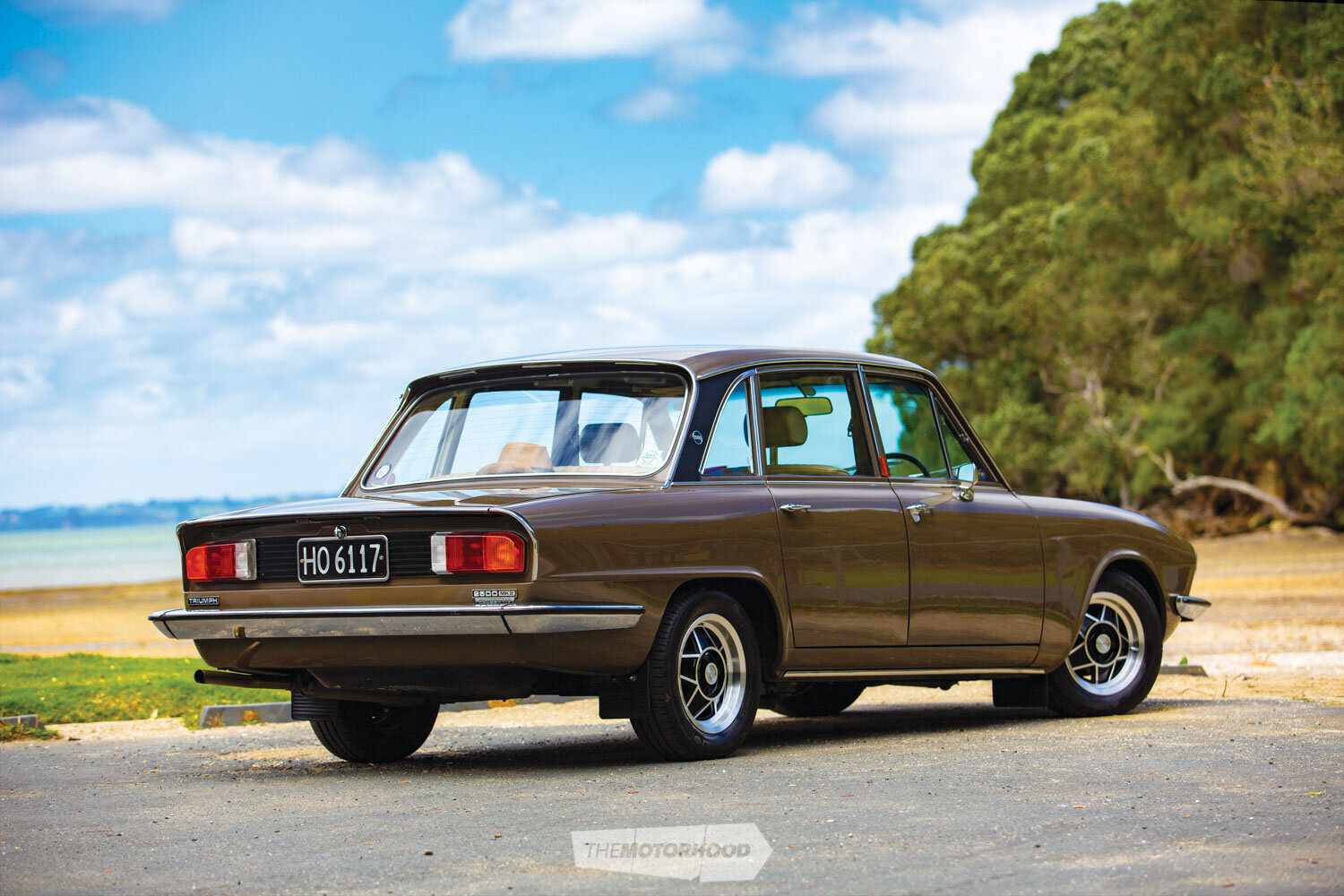
FROM TRUCKS TO A TRIUMPH
The injection of Leyland cash meant that the truck manufacturing company that also wanted to build cars was now able to embark on a very rapid development programme to create a new big car. It had the relatively new six-cylinder motor from the last Vanguard, and Giovanni Michelotti of Italy, who had already designed both the successful Triumph Spitfire sports car and the Triumph Herald saloon, was tasked with coming up with the new design. Interestingly, one design study simply involved quartering the Herald — literally cutting it into quarters and adding length and width.
Leyland clearly must have been desperate to get into the car industry and have a slice of the action, because, after only two years, in 1963, it launched its new car. The Triumph 2000 was launched at the London Motor Show, and, only a few months later, in January 1964, the first customers were driving their new cars away from the dealerships. Yet, after all that effort, rival manufacturer Rover stole a march on Triumph by one week, also calling its new car the ‘2000’.
The name ‘Standard’ was now banished. For 60 years, it had been a part of the British — and, therefore, our — motoring lexicon, but, at this point, it slipped over the horizon and away from the British Empire. The new Triumph captured the modern Commonwealth’s imagination and was successful from the outset.
Exotic looks weren’t the only attraction of the new car. Snappier performance, good brakes, front discs, rear drums, good handling, independent suspension at each corner, and a modern and comfortable interior made the car desirable. The complete package was a good step up from the car it had replaced.
The motor had already seen service in the replaced Vanguard, but it had been well updated. The horsepower rating had risen from 80 to 90 (60 to 67kW), with a relatively serious rework of the cylinder head and inlet manifold the main reasons for this power increase. A four-speed manual gearbox was initially the only choice, but, after a few months, overdrive for the manual and a BorgWarner three-speed automatic were added to the options list.

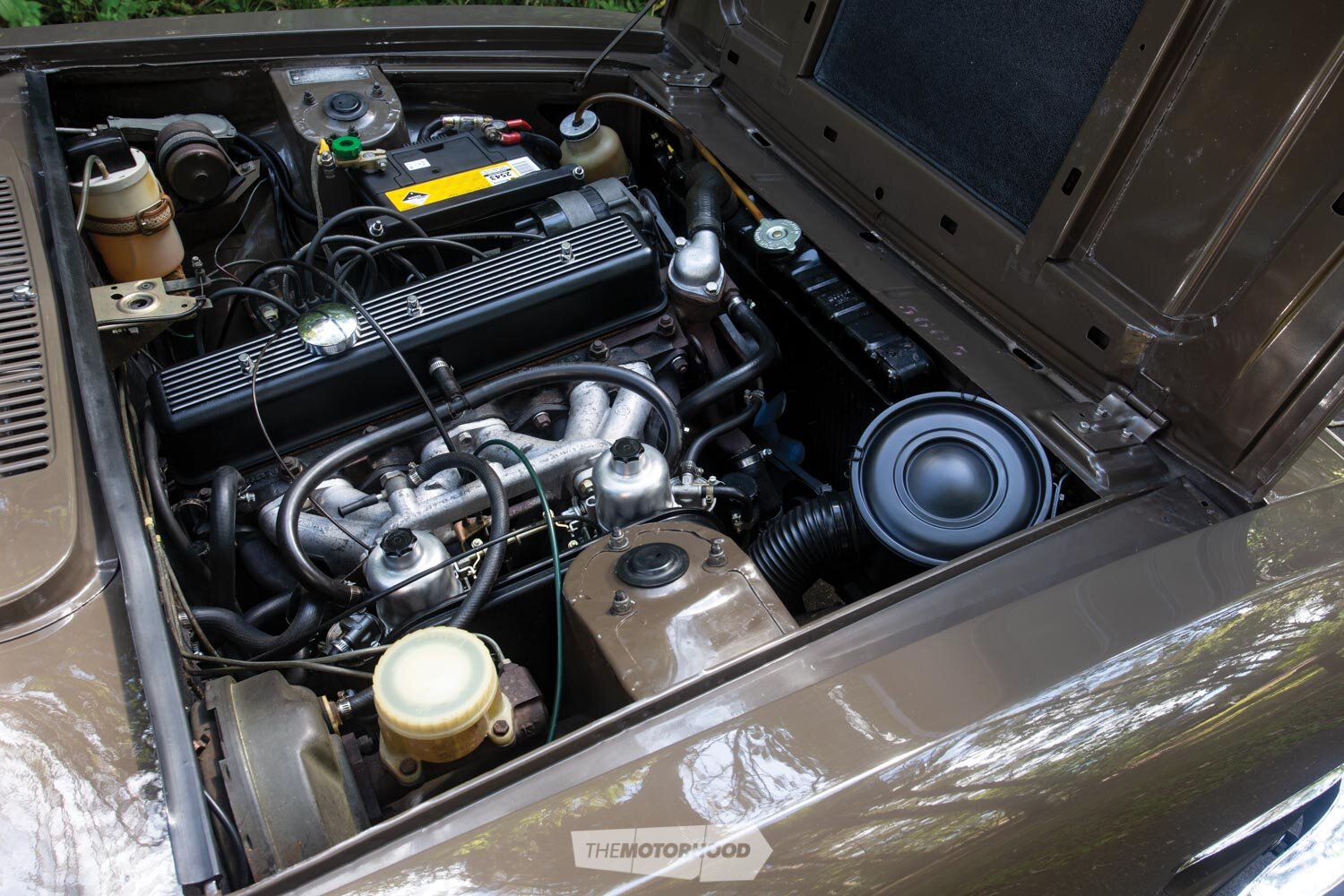
A LOCAL TRIUMPH
Here in Aotearoa, in the 1960s, we were used to waiting for overseas products, and the new Triumph was no different. After almost two years, the first locally assembled cars became available. A few cars were assembled in Christchurch, but virtually all local assembly was in Nelson at the new British Leyland assembly plant, which began in October 1965.
The initial assembly was of Mk1 2000s — those were the cars with the sort of barge-roll nose and short tail. At the time of introduction, they were priced at $2970 — more expensive than the MkIII Zephyr but considerably less than the Rover 2000, which was almost $1K more.
In October 1969, the Mk2 range was introduced. It came with a longer, sleeker body; a new nose, which took its cue from the Triumph Stag two-plus-two; and longer tail, but there were also other important changes: a 2.5 engine and even a 2.5 petrol-injection option. The petrol-injection option was popular here in New Zealand. It gave a significant power increase (125bhp [93kW]) but was never as reliable as the carburetted models, and the option was quietly dropped not long before the end of production here. Power gradually increased from the 90bhp (67kW) for the first 2000s to approximately 125bhp (93kW) for the last top-end options — the 2500PI and 2500S. The 2500S had larger 14-inch wheels, sat slightly lower on the road, and was equipped with a front anti-roll bar. It was the best handling model of the range, and today is among the most sought after by collectors. An estate version was available in both Mk1 and Mk2 versions. These were built for Triumph in part by a specialist coachbuilder, Carbodies.
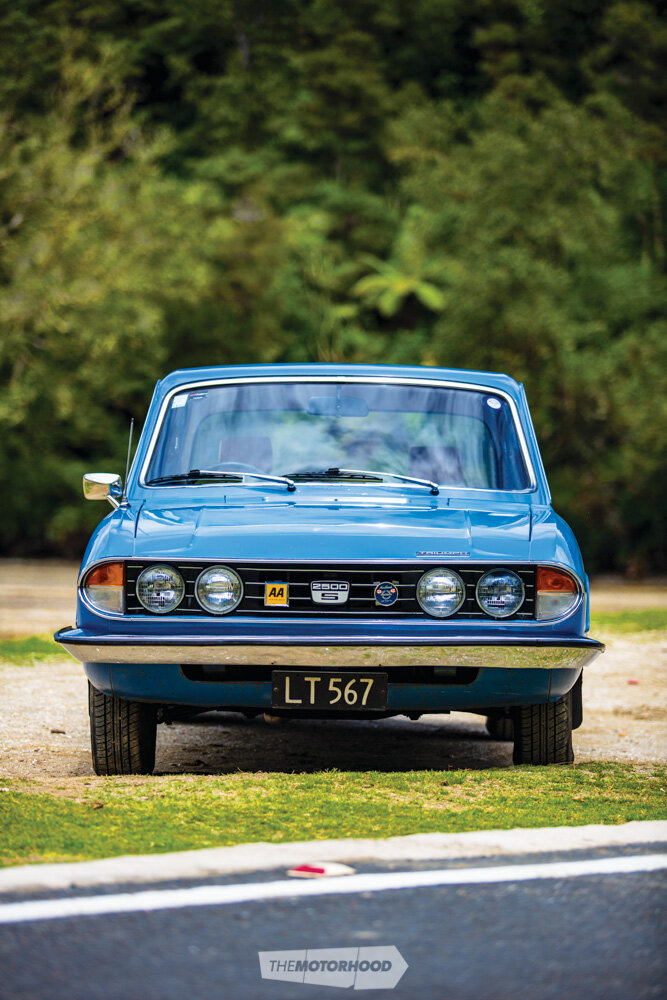
FADED GLORY
The last big Triumph, the Mk2 2000/2500, finished production in the UK in 1977. Here, our love affair with the car continued for another two years; final production at the Nelson plant was in 1979. By then, more than a touch of irony was evident. The Triumph 2000 had been introduced to offer something less staid than a Rover and sporty like a Jag. In 1969, the British car industry was in full meltdown and, as British Leyland and then the British Motor Corporation scrambled to absorb as much of the British car industry as possible, they ended up making cars competing for the same market. As a result, the production line in Nelson was assembling not only the Rover SD1, which would have the new six-cylinder motor that Triumph had developed for the 2000 replacement model, but also Jaguars, from which Triumph had set out to take market share.
The sun was almost setting on the British car-manufacturing empire, and it wasn’t long before, of those three, only Jaguar was left prowling the highways and byways of the motoring kingdom. Of course, Land Rover still manufactures and Jaguar Land Rover still owns the name Rover, but no Rover cars are manufactured.
Here in New Zealand, the Triumph 2000 fitted well into our national car fleet. By the time it was introduced, there was an emerging corporate class of citizen. The car filled a gap somewhere in there among the regular Holdens, Falcons, Valiants, and Zephyrs. The Triumph had the feel of the more luxurious Jaguar and the cache of being a genuine British car. One sat in the seats of a Triumph as opposed to on the seats of the Holdens and Falcons of the same era. The car was slightly smaller and felt sportier to drive. It was a car that offered just a little more than the nearest competition. It also cost a little more $2970 at introduction, but was well under the cost of a Rover, at $3800, or Jaguar. At first, reliability was a bit of a problem, but, as those niggles were sorted out, the Triumph sat easily in the national fleet.
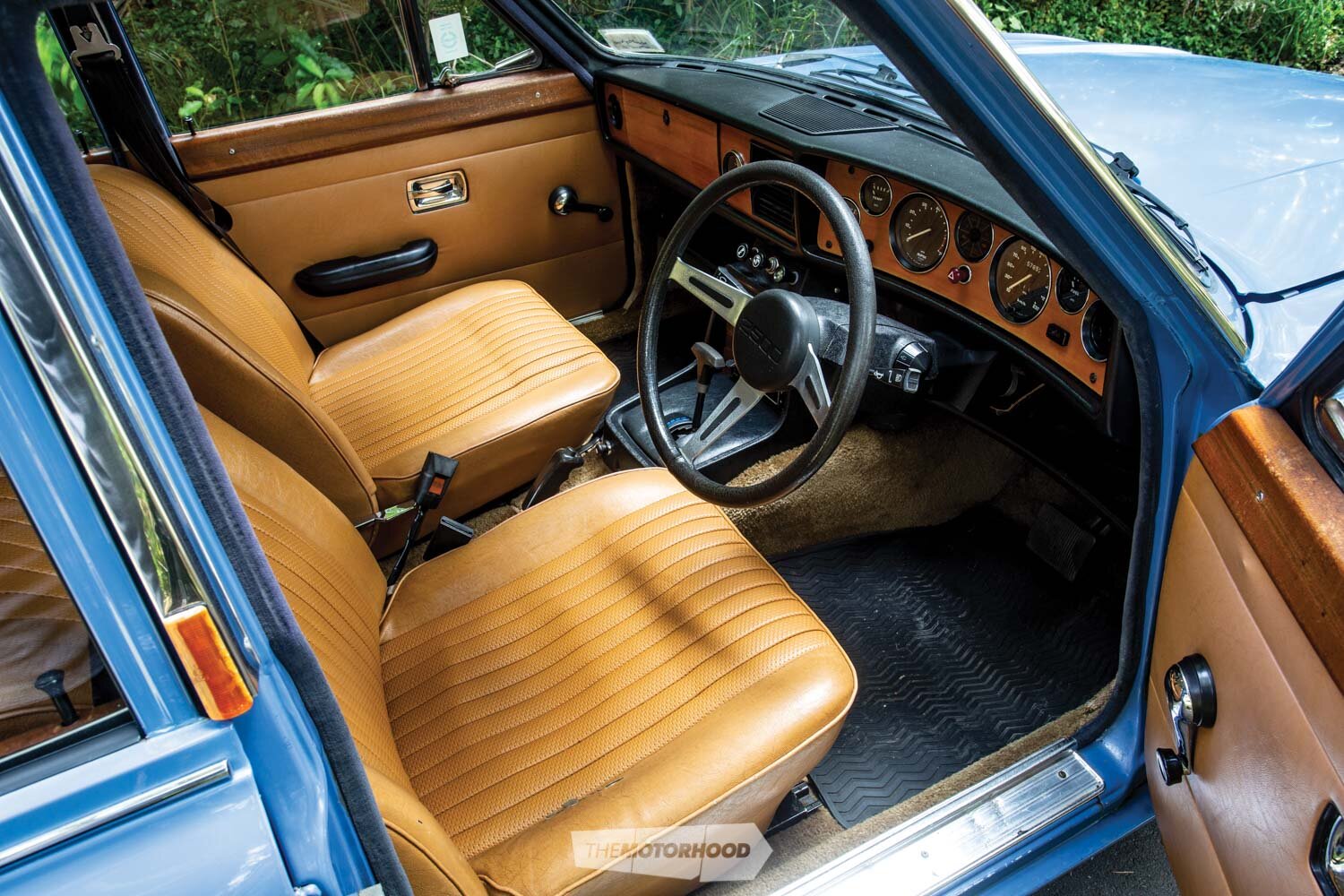
Each weekend, golf-club car parks were full of Triumph 2000s. Small-business owners, accountants, and middle-level executives in New Zealand bought almost 30,000 of these cars across the years that they were in production. In the UK, 20,000 were sold each year consistently across the vehicle’s life.
One accountant in New Zealand who owned one was Sir Robert Muldoon. While Muldoon, then prime minister, was urging us all to “Think Big”, he was actually thinking small and downsized to a Triumph 2500S. This car is still on the road today, and is one of the cars that Auckland Triumph Car Club members Trevor and Cathy Jones own.
The couple found the car for sale 26 years ago, and have enjoyed driving it since then. Tony uses words such as ‘reliable’, ‘comfortable’, ‘smooth’, and ‘enjoyable’ to describe the car — although he says that, “You do need that little extra braking space”.
He tells the story that, in 1984, after announcing the snap election, the Prime Minister went to drive home in this very car, but found that his tyres had been let down. Perhaps after his announcement of what became known as the ‘Schnapps election’, someone was concerned for his welfare and did what was necessary to stop him driving himself home that evening.
That event happened five years after Triumph production had finished in New Zealand. By then, the name Triumph had slipped over the horizon to disappear into the graveyard of all those other British names.
It is a touch of irony that the name Triumph has gone full circle and once again is in German hands. BMW acquired the brand, along with Mini, etc., when it took over that operation. With that scenario, it is unlikely — but still possible — that in the future a new, slightly sporting, slightly luxurious car will be launched onto the market with the Triumph badge on the front of it.
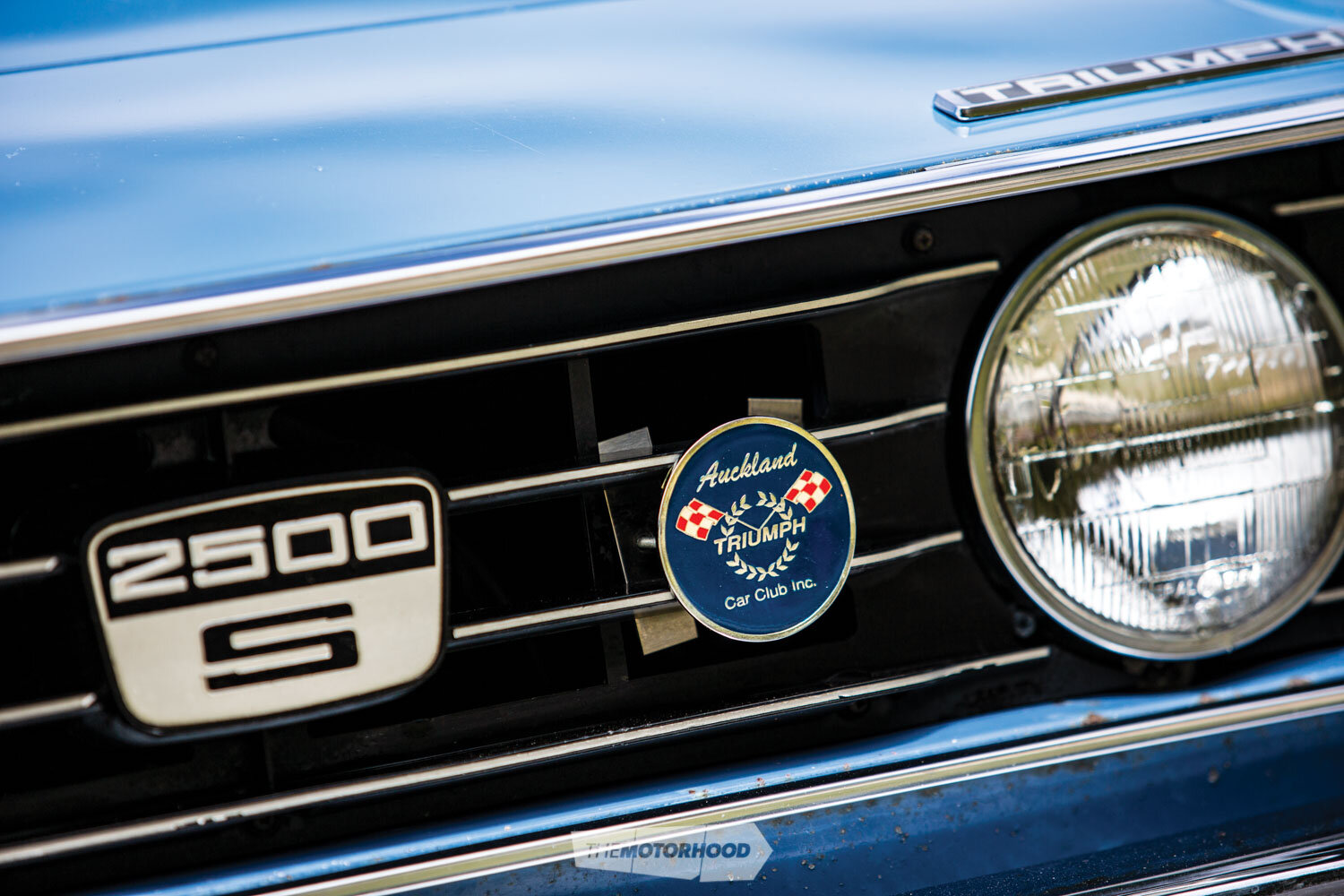
New Zealand Classic Car would like to thank the Auckland Triumph Car Club for its assistance with this article.


